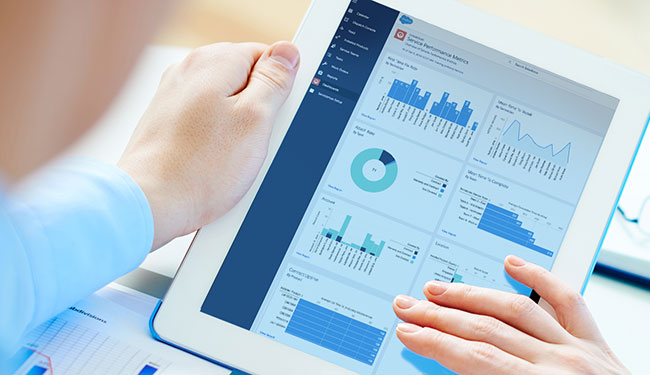Field service companies are using technologies such as artificial intelligence, big data, machine learning, and the cloud to aggregate more data than ever. In fact, companies are easily getting lost in the sea of data generated from millions of sources. However, field service businesses can use performance indicators to align their objectives with pre-determined goals. Metrics reporting plays an integral role when it comes to measuring and identifying the performance of a company over time. Below are four crucial field service performance indicators that companies can use to improve operational efficiency and measure their performance.
Service Delivery Metrics
Field service companies need to assess their core service delivery continually. Streamlined processes reduce the chances of bottlenecks and delays and reduce steps involved in the problem-solving process. Service delivery metrics include downtime, repair times, travel time, and time-to-resolution. These metrics enable a field service company to identify the cause of long repair times and address them. Your field service agent could be taking ages to respond to customer queries. However, a field service business can solve this by training them on certain aspects of their role.
First-Time Fix Rate
It is one of the world’s most important performance indicators metrics. It refers to the percentage of time a field technician takes to address the concerns of a client. In short, this metric translates directly to the success of your clients. Customers feel satisfied when a company solves its concerns early enough. In contrast, they often feel frustrated when on-field technicians take more time than usual to solve a problem. Downtime can result in loss of millions of dollars in revenue. The use of a field service management software is the easiest way to fix issues for the first time.
Percentage of Completed Tasks
It is a crucial performance indicator metric for on-field workers as well as the entire organization. It enables a field service business to determine the percentage of completed, yet not invoiced tasks. You should consider investing in a field service software if you have spotted a discrepancy between completed and invoiced jobs. That helps optimize revenue streams and improve business efficiency. Today’s field service companies are utilizing the internet of things through the use of field service management software. As such, companies can now use data from connected devices and turn that data into actionable insights automatically. That’s a great way to save costs and drive significant improvements.
Billable Hours Percentage
One of the critical financial performance indicators is the percentage of billable hours. It refers to the time taken by a technician to complete a task billable to a client. Many field service management software comes with a time-tracking capability that helps companies to keep a close eye on their billable hours and iron out issues. Field service businesses can partner with award-winning and trusted IFS partners to implement their FSM software seamlessly. Of course, every company wants to join forces with a partner that can help it get the most of its field service management software.






















Leave a Reply